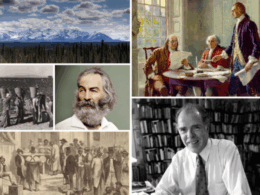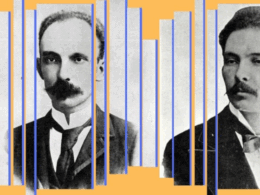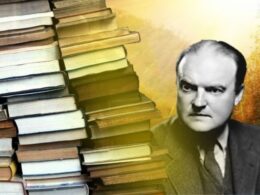By John Suiter
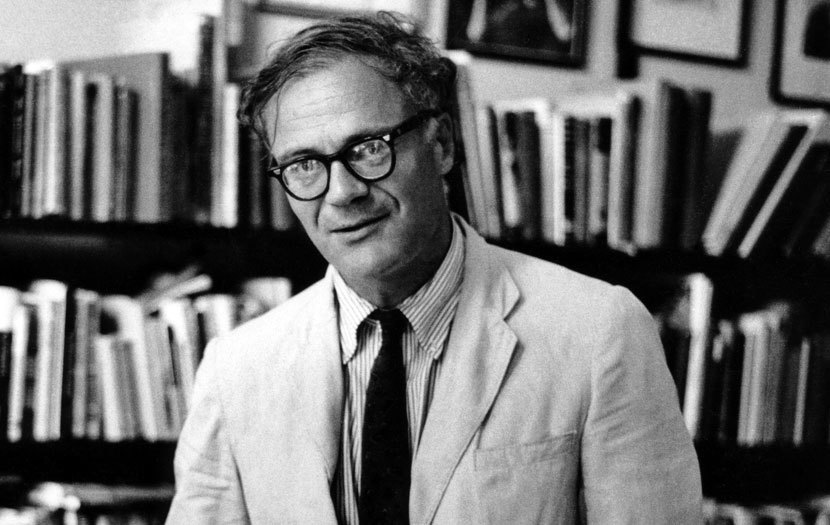
Robert Lowell has been dead forty years now, a period in which his once-“towering” reputation underwent a decline and now shows signs of rebounding. Today is the one-hundredth anniversary of his birth; he was only sixty when he died, of a heart attack in the back of a cab crossing Central Park. But Robert Traill Spence Lowell IV was quite young—only thirty—when he won his first Pulitzer in 1947 for Lord Weary’s Castle, making him one of the youngest poets to ever receive the award. He won a second Pulitzer at fifty-seven for The Dolphin. Among his other prizes were the National Book Award (for Life Studies) and the National Book Critics Circle Award (for Day by Day). He was also Poetry Consultant to the Library of Congress for two years (1947–48) in the pre–Poet Laureate days.
In a March 1957 recording of Lowell reading at UC Berkeley, it’s surprising to hear him confess his New England–centric “provincialism” to his Berkeley audience. (He was forty at the time and had never been to the West Coast.) “This trip has been sort of a revelation to me,” he says. “I never really realized how severely provincial I was until I got out here. . . . My book is just filled with poems with local Boston and Maine description. I sort of feel like a Dutch genre painter, which wasn’t what I was aiming for.”
The photographs here are a small section of what I suppose is a “genre” portfolio, each image inspired by the reading of some local Lowell poem and a walk to the site of it from my old apartment on Marlborough Street—the Shaw Memorial, the burying ground at King’s Chapel, the old John Hancock Building with its sadly blinking lights. The magnolia Lowell described as a “murderous” white was only one block west. If Lowell is “provincial,” then these photographs are even more so, limited strictly to his Back Bay and Beacon Hill locales. None of the images were shot more than a mile from my front door.
King’s Chapel Burying Ground
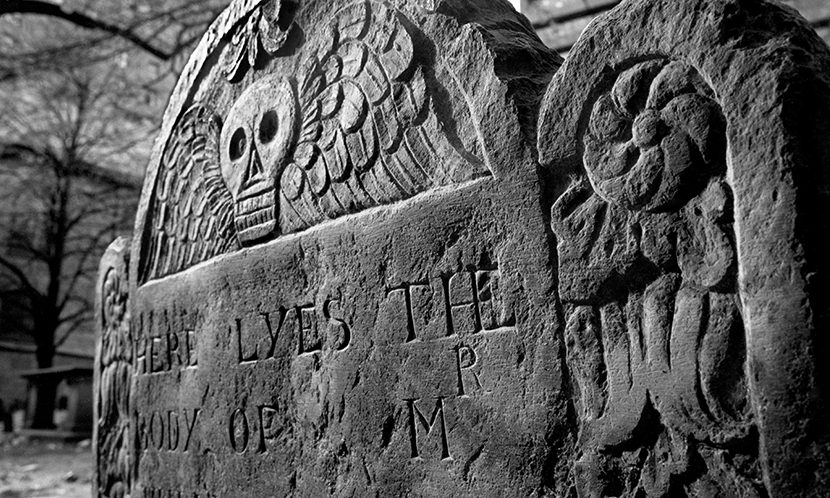
*I saw the sky descending, black and white,
Not blue, on Boston where the winters wore
The skulls to jack-o’-lanterns on the slates. . .
—from “Where the Rainbow Ends” (reprinted in Lord Weary’s Castle, 1947)*
Lowell appears in two Library of America collections. American Religious Poems includes “Where the Rainbow Ends” (from Lord Weary’s Castle), and War No More, an anthology of American anti-war writings, contains his 1943 WWII draft-resistance letter to President Roosevelt.
“Where the Rainbow Ends”—which Randall Jarrell called “one of the best religious poems in hundreds of years”—doesn’t specifically mention King’s Chapel Burying Ground, but it’s likely that the poem’s slate-skulled tombstones are the same ones that Lowell ruminated on in “At the Indian Killer’s Grave,” written around the same time. Lowell’s colonial ancestors are buried in the yard at King’s Chapel, and he often went there to wrestle with his legacy.
Old John Hancock Building
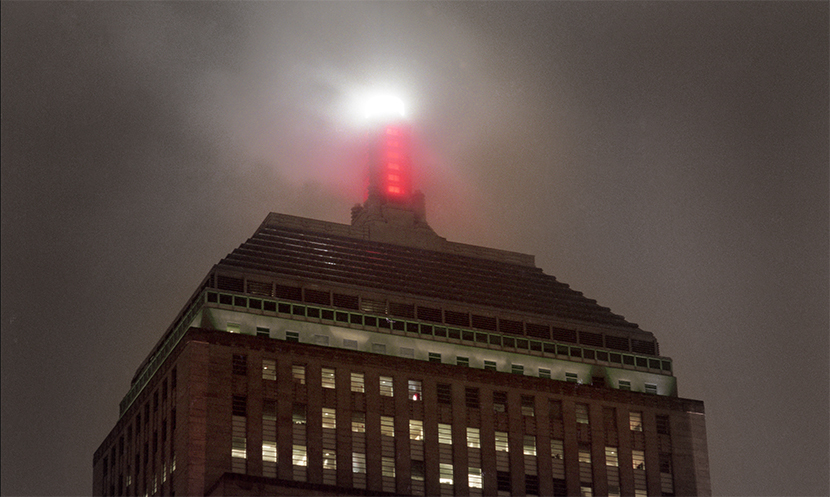
Lowell was teaching at the University of Cincinnati in early 1954 when a telegram informed him that his mother Charlotte had collapsed from a stroke while traveling in Italy, and was recuperating in a hospital in Rapallo. He flew to be with her, stopping off first in Boston, where he arranged for the transatlantic leg of the trip. In those days the old John Hancock Building dominated the skyline of the Back Bay, and as he cabbed to the airport the red lights of the Hancock weather beacon filled him with dread. “In Boston the Hancock Life Insurance Building’s beacon flared foul weather,” he later wrote, in “Near the Unbalanced Aquarium.” When he arrived at the hospital, he was told that Charlotte had died just a few hours before.
239 Marlborough Street
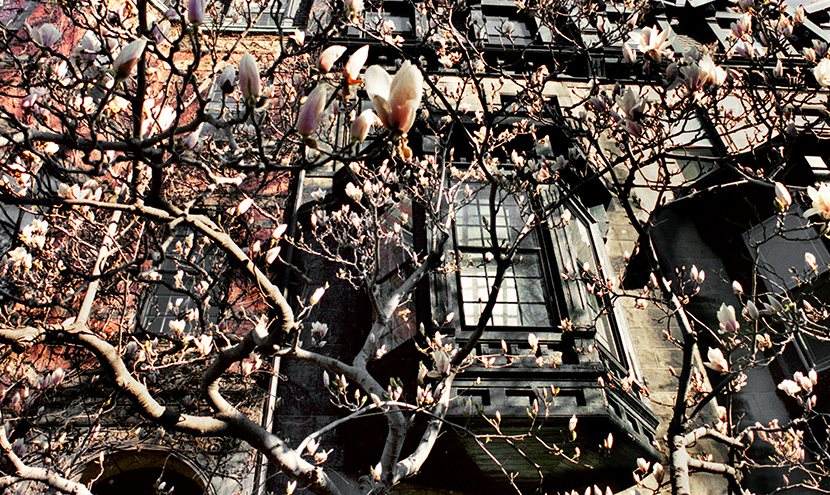
Above are the same magnolias that a “frizzled” Lowell had looked down on from his third-floor window in the spring of 1958 in “Home After Three Months Away”—three months “away” at McLean Hospital in Belmont, that is, where he had been treated for manic-depression with electroshock and “massive doses of Thorazine”; the same flowers that ignited the morning of “Man and Wife” and bloomed beneath Lowell and his wife Elizabeth Hardwick’s bedroom in “To Speak of the Woe That Is in Marriage.” In those poems the magnolia was only a gnarly sapling—eight feet high says Lowell in “Home After Three Months Away.” When I came by to photograph the house in the spring of 2000, Lowell had been dead for twenty-three years, but his tree was still there, again in full flower, and had climbed almost past the windows of the second floor.
Lowell and Hardwick lived at 239 Marlborough from 1955 to 1960. Lowell’s writing room on the fourth floor was where he wrote most of the poems of Life Studies as well as his great ekphrastic poem “For the Union Dead”—holding up Augustus Saint-Gaudens’s Civil War bas-relief on Boston Common (the “Shaw Memorial”) as a mirror to Boston, and America at large, at the beginning of the Sixties. Today the poem remains as supple and monumental as the Saint-Gaudens bronze to which it alludes, while the issues of race, redemption, and reparation that it embodies still “stick like a fishbone in the city’s throat.”
The Shaw Memorial
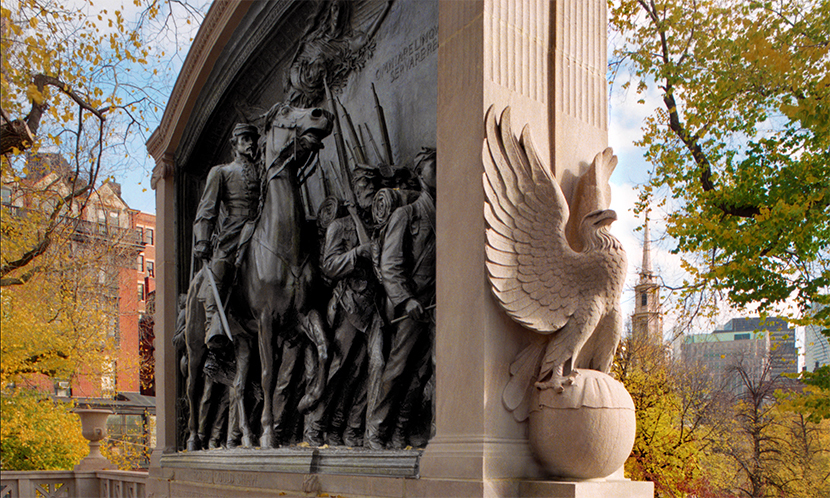
Saint-Gaudens, in 1897, engraved his sculpture with the motto Relinquit Omnia Servare Rem Publicam—“He left behind everything to save the Republic”—primarily to honor Shaw, who had been the chivalrous hero of Beacon Hill society. Lowell kept the Latin as the epigraph for his poem, too, but pluralized it to read: Relinquunt Omnia Servare Rem Publicam—“THEY left everything behind. . .” Not just Shaw’s life mattered to Lowell. He meant his poem to be a monument to the free black volunteers of the 54th Massachusetts Infantry as well their Abolitionist colonel. (It took more than twenty years after Lowell’s poem before the city of Boston added the names of the black veterans of the 54th to the Shaw Memorial.)
Lowell wrote the poem on commission for the Boston Cultural Council, which had invited him to compose a for the Boston Arts Festival that coming June, 1960. He worked on it from January almost right up to the event, where he read it with the working title “Colonel Shaw and the Massachusetts 54th.” Lowell was never happy with that title, but it wasn’t until November of 1960, when the poem was published in The Atlantic, that he finally come up with the more egalitarian “For the Union Dead.”
Lowell’s reading of “Colonel Shaw and the Massachusetts 54th” received an enthusiastic response. According to an account in the Boston Globe, four thousand people crowded into the Public Garden to hear the poem on the last night of the festival—“bearded ones from Beacon Hill, sailors with their pick-ups, cops stopping to hear the poem.” Eleanor Roosevelt was in the audience, as was T. S. Eliot, who was in town for the reunion of Harvard’s Class of 1910.
Lowell read the poem from a flood-lit stand at the Boylston Street end of the park. In fact, he read it twice, because “hearing a poem for the first time is like meeting a stranger—you never listen,” he said. After his second delivery, he then read ten shorter poems, then tried to bow off the stage. The crowd called him back for four encores; at each one he read another poem.
The performance of “Colonel Shaw and the Massachusetts 54th” solidified Lowell’s reputation as Boston’s preeminent public poet, but it was, as it turned out, a farewell to the city. By the time the poem was published in The Atlantic that fall, Lowell and Hardwick had moved to New York. He would return to Boston in years to come—for readings, for teaching at Harvard, and for further treatments at McLean, but he never again lived long-term in the city of his greatest poems.
John Suiter is the author and photographer of Poets on the Peaks: Gary Snyder, Philip Whalen & Jack Kerouac in the North Cascades. He lives in Chicago, where he is at work on a biography of Gary Snyder.
